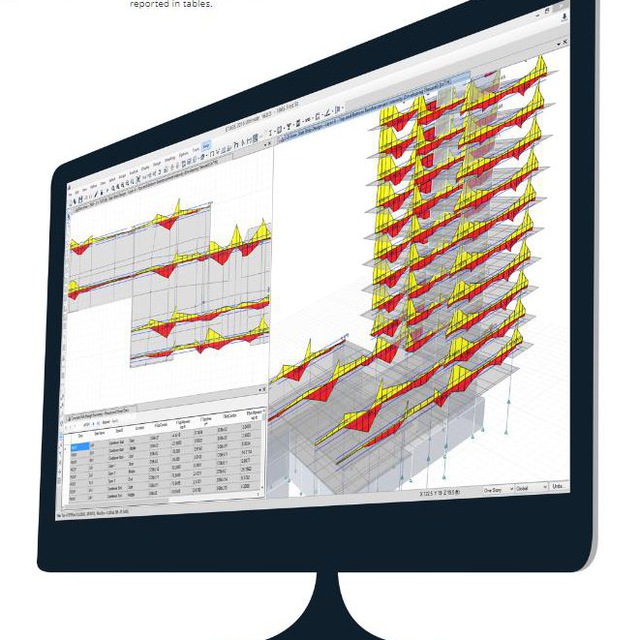Mojtaba shiri:
Irregularity of lateral resistance
How is it controlled?
Soft floor: According to paragraph 6-7-1-8-1-2-b of the sixth topic, a soft floor is a floor whose lateral stiffness in the mentioned floor is less than 70% of the lateral stiffness of the floor above it. Also, in a floor whose lateral hardness is less than 80% of the average hardness of the three floors above it, we call the floor a soft floor.
Weak floor: According to paragraph 6-7-1-8-1-2-C of the sixth topic, a weak floor refers to a floor whose total lateral resistance of the said floor is less than 80% of the lateral resistance of the floor above it. The lateral resistance of each floor is equal to the sum of the lateral resistance of all the resistant components that show resistance against the cutting of the floor.
It seems that the concept of lateral stiffness and lateral resistance leads to the same path because the goal of both is the same, and that is the depreciation of earthquake energy in the floors.
For this control, the hardness of the floor must be calculated first
From the rules of physics, we remember that the stiffness of the spring is equal to the following relationship:
F=K.Delta -> K=F/Delta
F: Floor shear force
Delta is equal to the displacement caused by the shear force resulting from the earthquake in the desired floor. Note that the displacement we need to obtain is different from the displacement we have done so far.
Both parameters can be easily picked up in the software
For example, consider a 10-story building
We want to check the second and third floors for irregularities
The shear force of the floor can be taken from the following path
Show table analysis.result.structure result.story forces
To calculate delta
First, we take the foot of all the columns of the second and third floor from the following path
Assign. join restraints. select all
After the feet of the columns are caught
We reanalyze the structure
We go to the following path
Show table analysis.resultdisplacement.center of mass displacement
We will change the location of the second floor
We also remove the change of location of the third floor without subtracting a number (for example, if we want to subtract this number from the displacement of the lower floor)
for example
Delta story2=0.012 m
Delta story3=0.0015 m
F=35353 kg
Using the relationship I said
K2=35353/0.12=2946083 kg/m
K3=35353/0.0015=23568666 kg/m
The ratio of the hardness of the second floor to the third is equal to:
Ratio = 2946083/23568666 = 1.2 > 0.7 crom %ok%
According to the calculations above, it is concluded that the lateral hardness of the 2nd floor is more than 70% of the floor above it, and this floor will not be considered a soft or weak floor.
According to the above method
This post is written by MOJTABA_SHIRI
